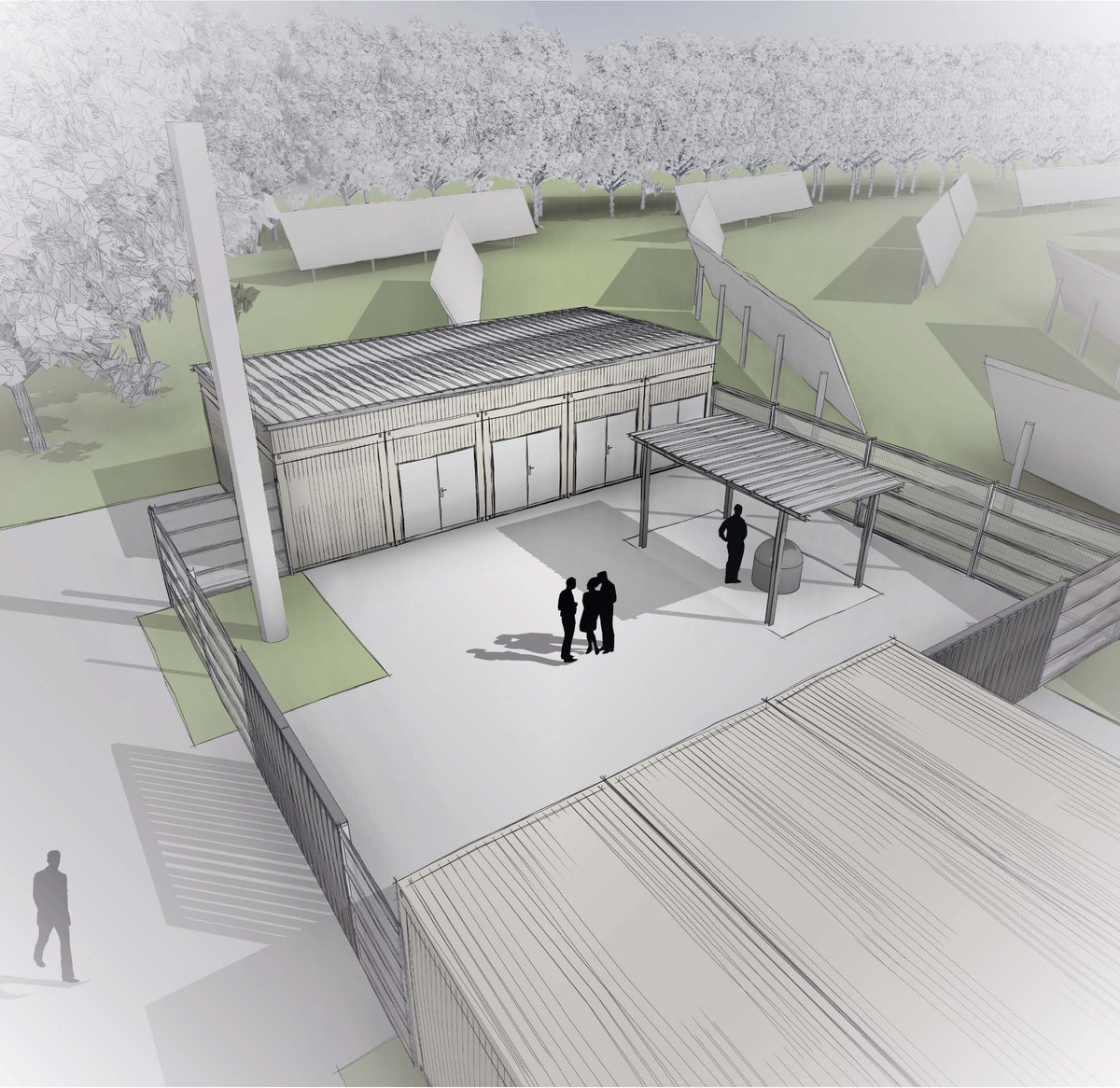Hydrogen Technologies
With the increasing share of renewable energies in electric power grids, the need for energy storage systems grows. Electrolysis and fuel cell plants provide a promising technology as energy storage for power-to-gas applications, as well as frequency control and ancillary services to the power grid. In order to study the performance of hydrogen energy storage plants and their integration into the grid, real-time modeling on system level plays an important role.

Systemic overview: creating a "Digital Twin
While comprehensive literature is available on the specific modeling of fuel cells and electrolyzers, the systemic view on a hydrogen-based energy storage system is still understudied. Thus, the aim of this research work is to develop a multidimensional model of the entire storage system, covering dynamic load changes as well as stable operation in real time: the so-called “Digital Twin”.
The Power Hardware-in-the-Loop system allows the validation and optimization of the Digital Twin with high precision. The model and the real plant can be exposed to identical grid conditions in real time to observe and analyze their reaction.
Configurable hydrogen storage power plant
We are currently building a modular 50 kW hydrogen storage facility. It will be easily reconfigurable in terms of power range and used technologies: The first development stage comprises a state-of-the-art 50 kW alkaline electrolyzer, a 400 bar hydrogen compressor and tank, as well as a 10 kW PEM fuel cell system. In the second step, the system will be extended by a liquefaction plant to produce liquid hydrogen (LH2). The interface to the PHIL system is designed for a maximum power of 1 MW, so even a multiplication of the system’s power range is easily possible.Composite storage systems
Due to the flexibility of the plant itself and the Power Hardware-in-the-Loop system, coupling with other energy storage systems, such as batteries, supercapacitors or flywheels is easily possible. With this approach, hybrid storage systems can combine the benefits of two different technologies, for example by creating an energy storage that enables rapid power delivery while still having a high storage capacity at low cost.

